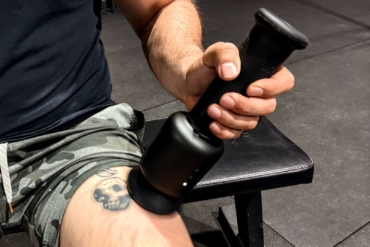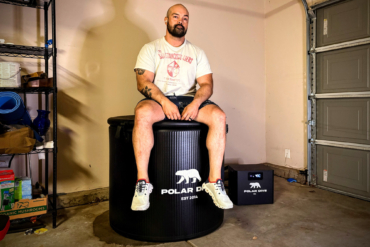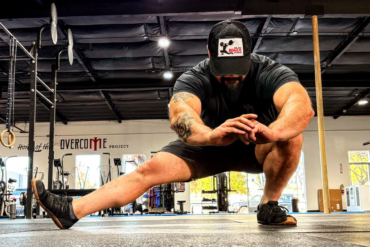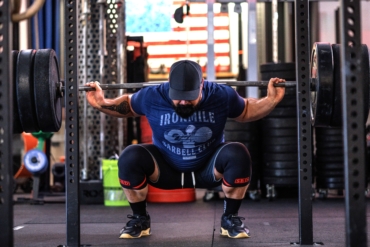A vein in my forehead is about to burst. Sweat streams off my nose. I’m on a stationary bike, hooked to cords and monitors, a hamster on a wheel, legs spinning, lungs gasping, heart-rate racing to 168 beats per minute—dit-dit-dit-dit-dit-dit-dit—and climbing higher still.
Thus starts my story in yesterday’s Minneapolis Star Tribune, where I look at blood lactate threshold testing, a rising fitness test that measures an athlete’s capacity via indicators in the blood.

Blood lactate threshold—a point where lactic acid floods muscle cells too fast for the body to metabolize the excess—is where athletes “feel the burn,” a physiological parameter at which speed, power and efficiency start to suffer under the pain of anaerobic stress.
Professional athletes, notably Nordic skiers and endurance-sports competitors, have sought blood lactate tests for more than a decade. Alongside fitness identifiers such as body mass index, VO2 max (aerobic capacity), heart rate and body composition tests, a blood lactate profile helps prescribe workout regimens individualized for the physiological makeup and fitness level of each athlete on a roster.
Indeed, blood lactate readings can distill the efficiency of exercise to a cellular level, providing a peek at the inner workings of millions of muscle cells, where oxygen, enzymes, glycogen, lactic acid and other infinitesimals mix to pound out movement and power.

Trainers and coaches take test results and apply them to heart-rate-based workouts structured for maximum physical efficiency.
“It’s about training smarter, not harder,” said Ben Popp, a former semi-pro skier who founded the training company Endurance Athlete in 2001. “The goal with any workout should be to do the minimal amount of work possible to elicit the physiological response that you need to make a difference.”
Click here to see the full story on my blood lactate test. . .






